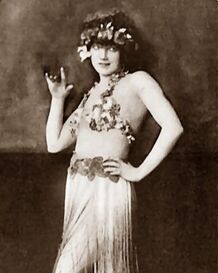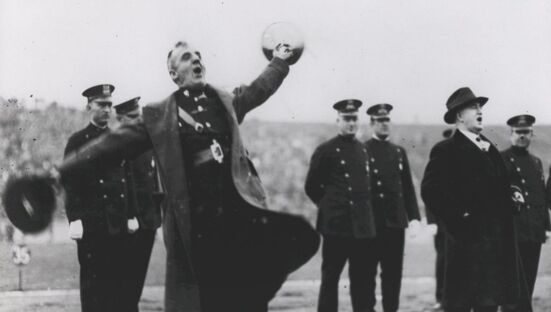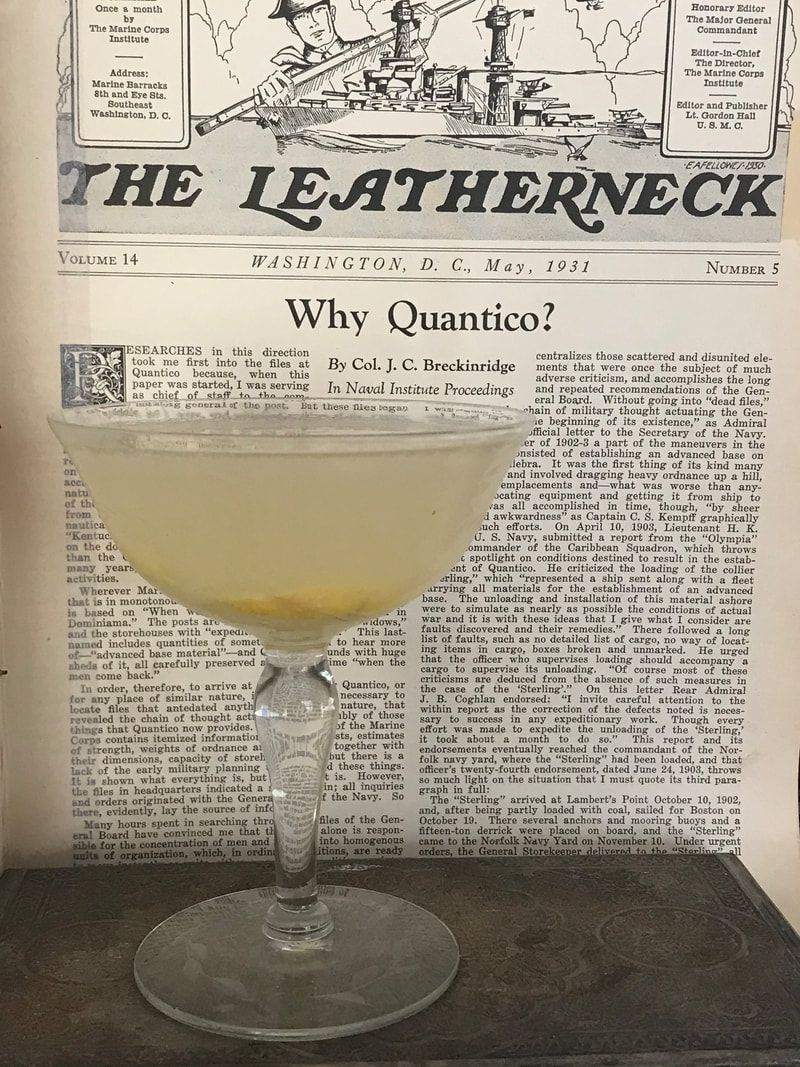 "Bees Nees" Column
"Bees Nees" Column By Owen L. Conner Curator
In association with National Martini Day, the Museum is sharing the Corps’ connection to a lesser known gin cocktail from the 1930s, known as the “Bees Nees”.
Since 1925, Leatherneck magazine has documented the service and culture of Marine Corps life. The articles, columns, cartoons and poems provided a time-capsule of the interests and activities of Marines of many eras. The official magazine of enlisted men, it kept them in touch with each other throughout the far flung outposts of Marine service, and provided numerous opportunities to poke fun at their beloved Corps.
One of the more lighthearted humor columns published throughout 1932, was called the “Bees Nees”. Written by a young Marine named Thomas P. Cullen (under the pen name “Tay-Pay” Cullen), the monthly columns dished out semi-humorous poems as well as a series of rapid fire, stand-up quality jokes about life in the Corps or popular culture of the time.
In a letter to the magazine from July 1932, one inquisitive reader asked Cpl Cullen where the curious name for the humor column originated from. His answer dutifully informed of its connection to a popular prohibition cocktail called the “Bee’s Knees”.
In association with National Martini Day, the Museum is sharing the Corps’ connection to a lesser known gin cocktail from the 1930s, known as the “Bees Nees”.
Since 1925, Leatherneck magazine has documented the service and culture of Marine Corps life. The articles, columns, cartoons and poems provided a time-capsule of the interests and activities of Marines of many eras. The official magazine of enlisted men, it kept them in touch with each other throughout the far flung outposts of Marine service, and provided numerous opportunities to poke fun at their beloved Corps.
One of the more lighthearted humor columns published throughout 1932, was called the “Bees Nees”. Written by a young Marine named Thomas P. Cullen (under the pen name “Tay-Pay” Cullen), the monthly columns dished out semi-humorous poems as well as a series of rapid fire, stand-up quality jokes about life in the Corps or popular culture of the time.
In a letter to the magazine from July 1932, one inquisitive reader asked Cpl Cullen where the curious name for the humor column originated from. His answer dutifully informed of its connection to a popular prohibition cocktail called the “Bee’s Knees”.
 Gilda Gray (1920s)
Gilda Gray (1920s) Sampled by “a correspondent” in an illegal Chicago speak-easy, Cullen skirted the specifics of the bath tub gin used to make it, but expertly relayed the recipe as follows, “…take one part strained honey (for the Bees) and one part lemon juice (for the Knees) and three parts [gin]… Put it in the old shaker with plenty of cracked ice, and give it the Gilda Gray motion until you can scrape off the frost…” (Gilda Gray was a popular movie star of the 1920s, famous for her “shimmy” dancing.)
With a bit of modern interpretation, you can make your own (legal) version of Corporal Cullen’s favorite gin cocktail as follows:
Add ingredients to a cocktail shaker filled with ice and shake in a proper Marine Corps motivated manner.
With a bit of modern interpretation, you can make your own (legal) version of Corporal Cullen’s favorite gin cocktail as follows:
- 2 oz Gin
- 1 oz Fresh Squeezed Lemon Juice
- 1 oz Honey Syrup*
Add ingredients to a cocktail shaker filled with ice and shake in a proper Marine Corps motivated manner.
*To make Honey Syrup simply dissolve 1 part honey into 1 part hot water. Stirring vigorously until
dissolved.
dissolved.
MORE "THE DRINKS OF THE MARINE CORPS"

Smedley Butler and the Origin of Old Gimlet Eye
Find out why one of the greatest Marine legends of all time share his nickname with a famous cocktail.
Author: Owen L. Conner
Owen Conner is the Uniforms and Heraldry Curator for the National Museum of the Marine Corps.



 RSS Feed
RSS Feed







